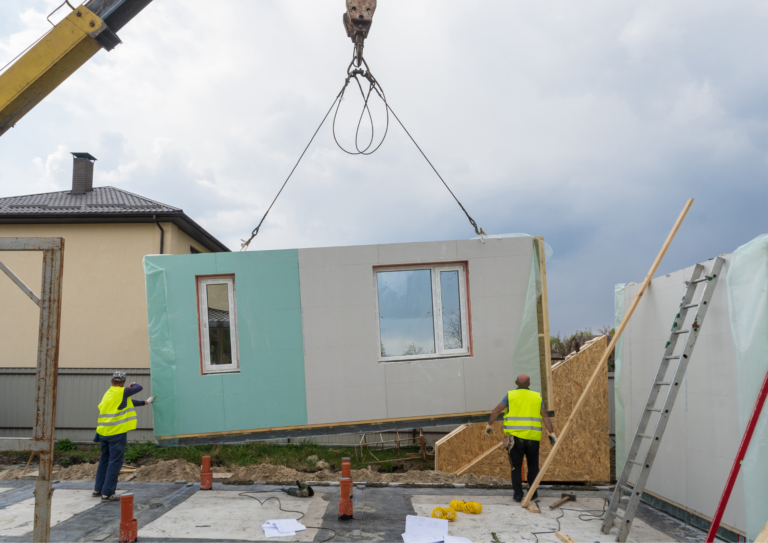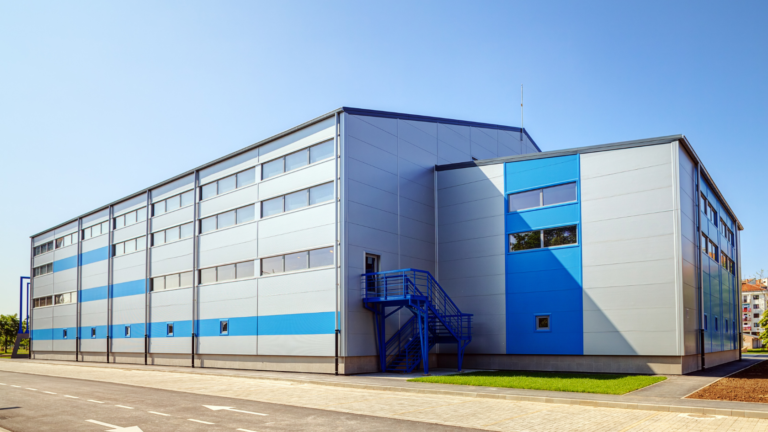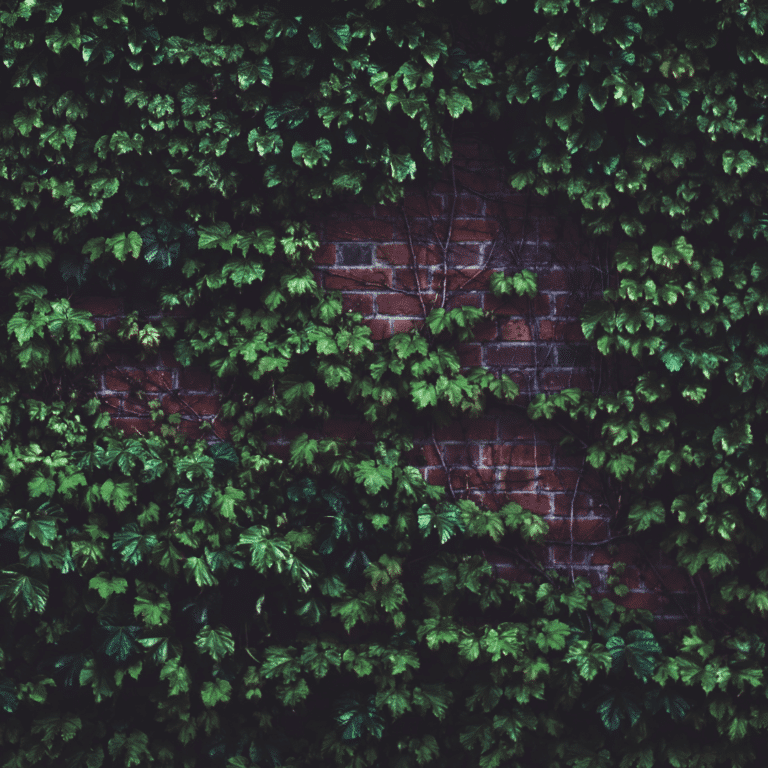In the pursuit of creating environments green walls, also known as vertical gardens or living walls have emerged as an innovative solution. They bring advantages that enhance visual appeal and can turn urban areas into vibrant and green spaces. This article explores green wall types, their distinct characteristics and how they impact city landscapes.

1. Soil Based Green Walls
Overview
Conventional soil-based green walls use soil as the growing medium. Plants are directly planted into the soil enclosed within pockets or containers attached to the wall.
Key Points
- Straightforward and Economical
- They are easy to set up and maintain making them a preferred option, for small-scale projects.
Plant Diversity
They can accommodate a variety of plant species such as flowers, herbs, and small shrubs.
Irrigation System
Often requires a drip irrigation system to ensure watering.
Advantages
- Offers a lush appeal.
- Improves air quality by filtering pollutants.
2. Hydroponic Green Walls
Overview
Hydroponic green walls employ a soilless system where plants grow in a water solution. Plants are usually placed in a growth medium, like coconut coir, perlite or rock wool.
Key Points
- Water Efficiency
- Faster Plant Growth
- Advanced Infrastructure Setting.
Benefits
- Space Saving: Perfect, for city areas with space.
- Personalized Design: This can be customized to fit any wall size or shape.
3. Green Walls in Modules
Green walls in modules consist of panels or trays with plants already planted that can be easily attached to a framework on the wall. Each module can be maintained, replaced or rearranged individually.
Features
- Flexibility: Modules can be easily relocated.
- Ease of Maintenance: Individual modules can be taken out for maintenance without disrupting the wall.
- Design Flexibility: Allows for patterns and designs.
Benefits
- Scalability: for projects of all sizes from indoor spaces to large outdoor facades.
- Reduced Installation Time: Pre-planted modules streamline the installation process.
4. Felt Systems
Felt systems, also known as mat systems, utilize layers of felt to retain and distribute water and nutrients to the plants. Plants are placed in pockets or slits within the felt layers.
Features
- Lightweight: Felt systems are generally lighter, than soil-based or modular systems.
- Efficient Water Distribution: The felt material ensures the proper distribution of water and nutrients.
- Customizable: Can be tailored to fit different wall sizes and shapes.
Advantages
- Fast Setup: Simple to install and keep up.
- Visual Allure: Offers a vibrant look.
5. Standalone Green Partition
Standalone green partitions are structures that do not need to be connected to a wall. They can be positioned indoors or outdoors. Are commonly used as dividers or ornamental features.
Features
Green walls offer features, including portability, independent structure and versatile applications, for both outdoor settings. They provide flexibility to create permanent installations and contribute to privacy and noise reduction as natural screens.
Benefits of Green walls
Almost all green wall types deliver benefits such as improving air quality by acting as natural air filters reducing the urban heat island effect by cooling areas with shade and moisture release and supporting biodiversity by offering habitats for different species.
Social and Aesthetic Benefits:
Additionally, all green wall types bring aesthetic advantages like enhancing well-being through exposure to greenery, increasing property value by boosting appeal and promoting community engagement through shared green spaces.
In conclusion, green walls represent a solution to urbanization challenges, beyond being a passing trend. All green wall types have the power to turn areas into environmentally friendly spaces whether they use basic soil-based methods or more complex hydroponic systems. By learning about the types of walls and their advantages we can make thoughtful decisions that support a greener and healthier tomorrow.
Brickborne believes in accuracy and time construction without wastage of resources. We believe in economical and sustainable construction. With the advancing world, software is here to assist us in the construction field. Brickborne provides construction drawings as per codes of the region, 3D modeling, rendering, and animation walkthroughs of both interior and exterior, and quantity surveying and cost estimation. Choose us to change your dreams into reality as we say, Brickborne- We Design Your Ideas!





